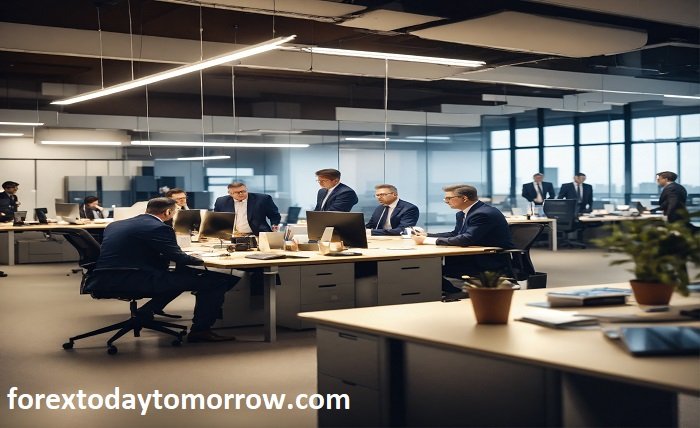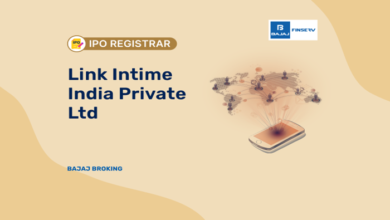The Business Office: Redefining the Modern Workplace

The traditional image of a business office – cubicles, fluorescent lights, and endless rows of filing cabinets – is quickly becoming a relic of the past. Today’s business offices are evolving to reflect the changing needs of the workforce and the growing emphasis on collaboration, creativity, and innovation.
The Rise of Flexible Workspaces
The rise of remote work and flexible schedules has led to a surge in demand for adaptable office spaces. Companies are opting for open floor plans, collaborative work areas, and designated quiet zones to cater to a diverse range of work styles.
Technology Takes Center Stage
Technology is no longer an afterthought in the modern business office. From high-speed internet connections to video conferencing tools, businesses are leveraging technology to improve communication, collaboration, and productivity.
Embracing Wellness and Wellbeing
The well-being of employees is a top priority for many businesses. Modern offices incorporate design elements that promote physical and mental health, such as natural light, ergonomic furniture, and access to relaxation areas.
A Focus on Sustainability
Eco-conscious practices are becoming increasingly important in the business world. Sustainable office design includes features like energy-efficient lighting and appliances, water conservation measures, and the use of recycled materials.
Fostering Collaboration and Community
Breakout areas, common spaces, and team kitchens are not just trendy additions – they serve a vital purpose. These spaces encourage interaction and help to build a strong company culture.
The Importance of Branding
The office environment can be a powerful tool for communicating a company’s brand identity. The use of corporate colors, logos, and artwork can create a cohesive and professional atmosphere.
Security Remains Paramount
Despite the open and collaborative nature of modern offices, security remains a crucial concern. Businesses are implementing access control systems, security cameras, and IT security measures to protect sensitive information and assets.
The Future of the Business Office
The future of the business office is not about abandoning physical spaces altogether, but rather about creating environments that support a more flexible, collaborative, and technology-driven work style.
Conclusion
The business office is no longer just a place to work; it’s an extension of a company’s brand and a reflection of its values. By creating a modern, functional, and inspiring workspace, businesses can attract and retain top talent, foster creativity, and drive success.
FAQ
- Do I need a traditional office space?
Not necessarily. The need for a physical office depends on your business model, company culture, and workforce needs.
- How can I design a modern business office?
There are many resources available to help you design a modern office space. Consider consulting with an architect or interior designer who specializes in workplace design.
- What furniture is best for a modern office?
Invest in comfortable, ergonomic furniture that promotes good posture and well-being.
- How can I create a collaborative work environment?
Open floor plans, shared workspaces, and comfortable seating areas can all contribute to a more collaborative atmosphere.



